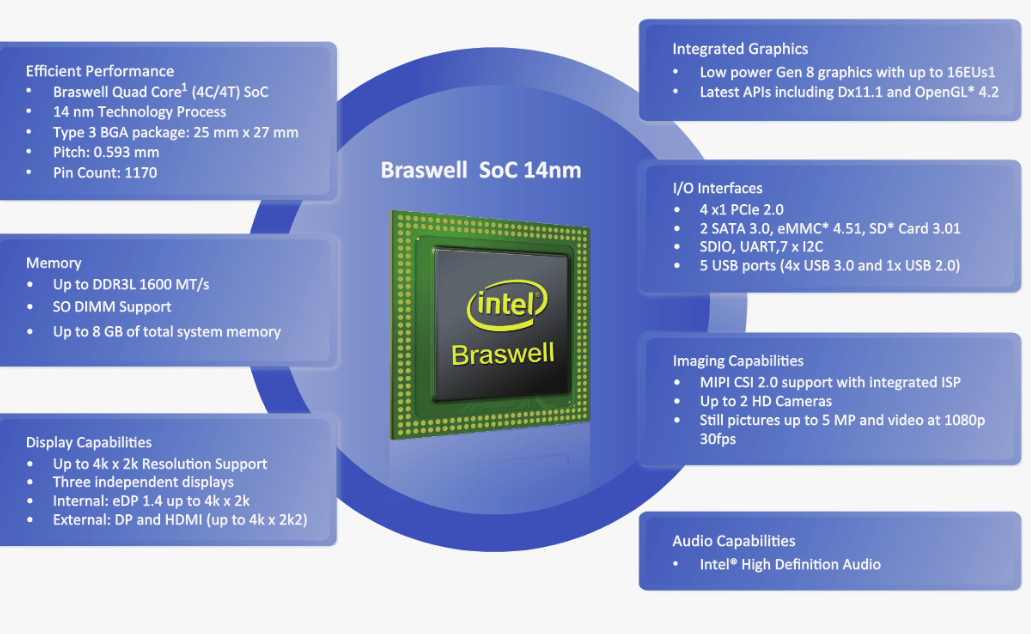Integrated graphics, or integrated graphics within the CPU, have come a long way in terms of efficiency and performance. Video editing has always been associated with dedicated graphics cards due to their superior processing power and memory capacities. But are these graphics processors capable of handling the demanding 4K video editing tasks?
In a nutshell, it depends. While some 4K video editing jobs can undoubtedly be handled by Intel integrated graphics, their performance varies depending on a number of factors.
This article will look at integrated graphics’ potential for 4K video editing and determine whether or not content creators who work with high-resolution images should consider using it.
Can Intel Integrated Graphics Handle 4K Video Editing
The short answer is yes, but with some restrictions. Modern Intel integrated graphics have come a long way, and with the introduction of the Intel Iris Xe integrated graphics in 11th and 12th generation Intel processors, they are now capable of handling 4K video editing.
However, a variety of factors will impact the experience and performance, including
- The complexity of the video editing tasks
- The specific software used and
- The overall configuration of the system.
Let’s break down the variables that determine if 4K video editing can be done using Intel integrated graphics.
1. Processor and Integrated Graphic Generation
Intel integrated graphics vary from one another. Over time, there have been notable advancements in both processing power and efficiency in Intel integrated graphics performance.
For example, users of Intel UHD Graphics with older hardware (10th Gen or older) can find it challenging to edit 4K videos, especially when it comes to effect generation and real-time previewing.
However, the performance of Intel’s 11th and 12th generation processors, which include the Intel Iris Xe chip, is noticeably superior. Iris Xe is designed with content production in mind. It provides improved support for high-resolution monitors, more robust video encoding and decoding capabilities, and overall improved performance.
2. Video Editing Software Optimization
The way that Intel integrated GPUs handle 4K editing depends largely on the video editing software that is selected. Some video editing programs work better with integrated graphics than others.
For example, Adobe Premiere Pro, one of the most popular professional video editing programs, primarily relies on the GPU for rendering and playback. In these cases, dedicated graphics cards are unquestionably better.
On the other hand, lighter 4K editing tasks or software with lower graphics requirements can make good use of Intel integrated graphics. DaVinci Resolve and HitFilm Express are two applications that perform well on systems with integrated graphics, particularly for basic editing tasks like color grading, clip trimming, and simple transition applications.
3. The Difficulty of Editing a Project
The complexity of your 4K editing project will also affect the performance of Intel integrated graphics. However, you can see slower performance if your project involves more complicated operations, such as
- Applying several layers of effects
- Playing back heavily altered footage in real-time
- Using sophisticated color correction or
- Dealing with very large file sizes.
This is especially true when trying to produce previews in real time or scrub through footage. Intel integrated graphics could be a good enough option for infrequent editors or creators working on minor projects.
4. Reasonable Export and Rendering Expectations
While Intel integrated graphics can export or render 4K videos, it can take longer than on PCs with a dedicated GPU. Export times are often longer for integrated graphics because they share system memory instead of using the dedicated VRAM of a discrete graphics card.
However, export times can be shortened by using Intel Quick Sync Video technology, which transfers the video encoding task to the integrated GPU.
This is especially helpful for editing programs that are designed to use Intel’s video acceleration capabilities, such as Adobe Premiere Pro and Final Cut Pro.
5. RAM and Storage Considerations
Video editing is also impacted by the performance of other hardware components in your system, even though this talk focuses primarily on Intel integrated graphics.
RAM is particularly crucial for 4K video editing since huge video files and editing programs need a lot of memory to run properly.
A PC with 16GB or more of RAM and Intel integrated graphics is significantly more capable of handling 4K editing than one with only 8GB.
Furthermore, storage performance is important for handling big 4K video files. An SSD (Solid State Drive) is highly recommended for video editing operations because it quickly speeds up the editing process overall and reduces load times.
In The End
Intel integrated graphics have advanced to the point where 4K video editing is definitely possible. However, it will depend on the specific model, project complexity, and system configuration whether or not they meet your needs.
Intel integrated graphics can be a good option if you are on a tight budget or just want to use it for basic editing tasks. However, if you intend to work on difficult projects or need top performance, a dedicated graphics card would be a wiser buy.
Read More: What Makes Intel Graphics the Ultimate Tool for Creators in 2024



